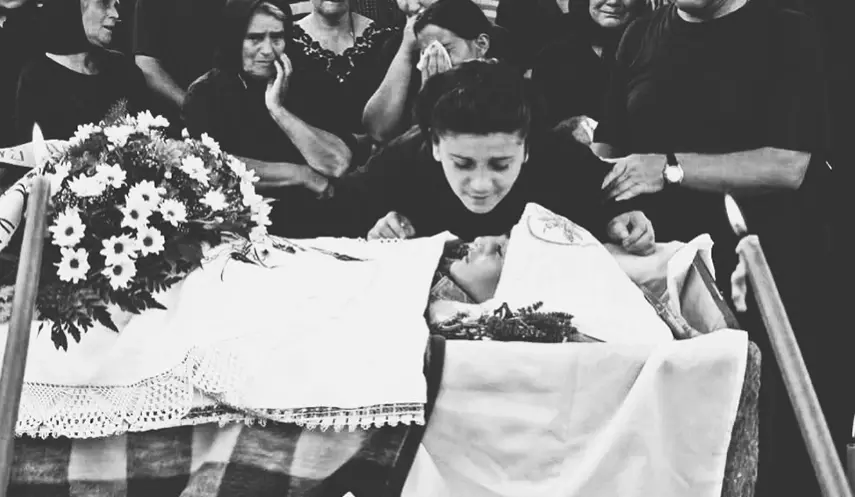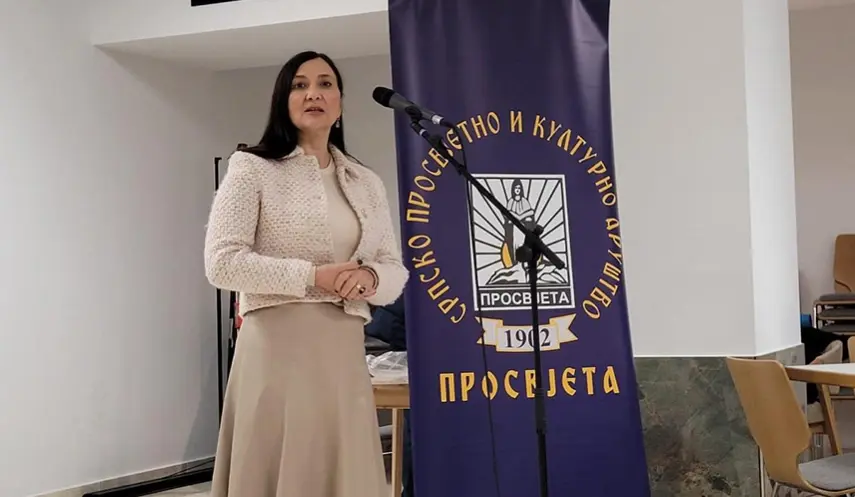TWENTY-TWO YEARS SINCE THE MURDER OF SERBIAN CHILDREN ON THE BISTRICA RIVER
Serbia - Kosovo and Metohija - Remembrance
08/13/2025
08:42

GORAŽDEVAC, August 13 /SRNA/ - Today marks 22 years since the crime on the Bistrica River in Goraždevac, when to this day unidentified attackers armed with automatic weapons killed Serbian children at a swimming spot about 300 meters from the center of this Serbian village near Peć.
In the shooting at the Bistrica swimming area on August 13, 2003, Pantelija Dakić /12/ and Ivan Jovović /19/ were killed, while Đorđe Ugrenović /20/, Bogdan Bukumirić /14/, Marko Bogićević /12/, and Dragana Srbljak /13/ were seriously wounded.
The murder of Serbian children on the Bistrica is considered one of the four gravest crimes against Serbs since 1999 and the arrival of the international mission in Kosovo and Metohija.
The killers of the boys, despite a reward of one million euros and the promise of UNMIK officials to, as they said, "turn over every stone to find them," remain unknown, and no one has yet been held accountable for the crime against these innocent children.
UNMIK stated after the attack that an unknown number of individuals opened fire with Kalashnikov rifles from nearby bushes on about fifty Serbian children and youths from Goraždevac, firing a total of 87 rounds.
The police of self-proclaimed Kosovo questioned 75 witnesses and searched 100 houses during the investigation, but without concrete results.
In 2010, the prosecutor of the Office of the Special Prosecutor of Kosovo closed the case because, as EULEX stated at the time, the police investigation had produced no results or potential suspects. The case will be reopened if new information emerges.
Every year, a memorial service is held in the Church of the Most Holy Mother of God in Goraždevac, attended by the families of the murdered Serbian youths, hierarchs of the Raška-Prizren Diocese, and representatives of the Serbian List.
Goraždevac was once the largest Serbian village in Metohija, but the number of Serbs there drastically declined after 1999 and the August 2003 tragedy, leaving about 700 residents from the pre-war population of some 3,000.






